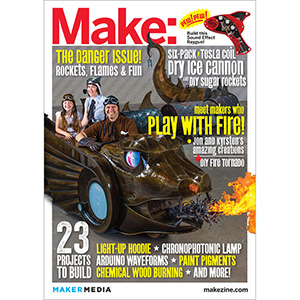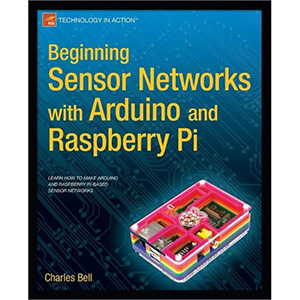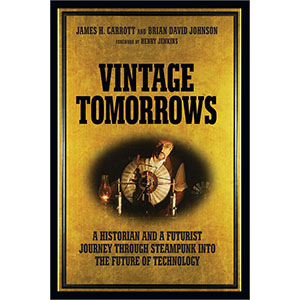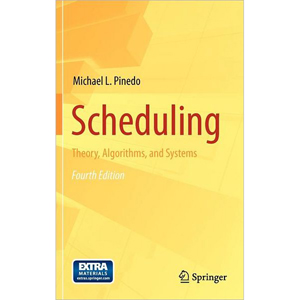Quantum Phase Transitions in Cold Atoms and Low Temperature Solids
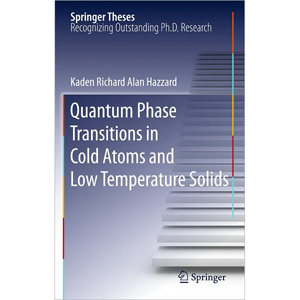
The primary focus of this thesis is to theoretically describe nanokelvin experiments in cold atomic gases, which offer the potential to revolutionize our understanding of strongly correlated many-body systems. The thesis attacks major challenges of the field: it proposes and analyzes experimental protocols to create new and interesting states of matter and introduces theoretical techniques to describe probes of these states. The phenomena considered include the fractional quantum Hall effect, spectroscopy of strongly correlated states, and quantum criticality, among others.
The thesis also clarifies experiments on disordered quantum solids, which display a variety of exotic phenomena and are candidates to exhibit so-called “supersolidity.” It collects experimental results and constrains their interpretation through theoretical considerations.
This Doctoral Thesis has been accepted by Cornell University, Ithaca, USA.
Table of contents
- Introduction to many-body physics in ultracold atomic gases.
- Theoretical and experimental techniques used to explore many-body physics in cold atoms, especially optical lattices.
- Radio-frequency spectroscopy: broad introduction.
- RF spectra: a sum rule approach to trapped bosons in an optical lattice.
- RF spectra: multiple peaked spectrum in a homogeneous system.
- Radio-frequency spectra at finite temperature, fluctuation response relations, and proposed applications.
- RF spectra: summary, conclusions, and the future.
- Rotation, inducing gauge fields, and exotic states of matter in cold atoms.
- Stirring up fractional quantum Hall puddles.
- Incorporating arbitrarily strong on-site correlations into lattice models.
- Quantitative calculation of parameters for a model sufficiently general to capture all on-site correlations.
- Summary, conclusions, and the future of induced gauge fields and lattices with on-site correlations.
- Technique to measure quantum criticality in cold atoms.
- Quantum criticality: more detailed information.
- Systems other than cold atoms.
- Film mediated interactions alter correlations and spectral shifts of hydrogen adsorbed on helium films.
- Candidate theories to explain the anomalous spectroscopic signature of atomic H in molecular H2 crystals.
- Helium and hydrogen (super?)solids.
- Relating Scattering Amplitudes and T-Matrix.
- Ward Identities for the RF Spectrum for the Bose-Hubbard Model: Vertex Corrections, Symmetries, and Conservation Laws.
Book Details
- Hardcover: 353 pages
- Publisher: Springer (July 2011)
- Language: English
- ISBN-10: 1441981780
- ISBN-13: 978-1441981783
